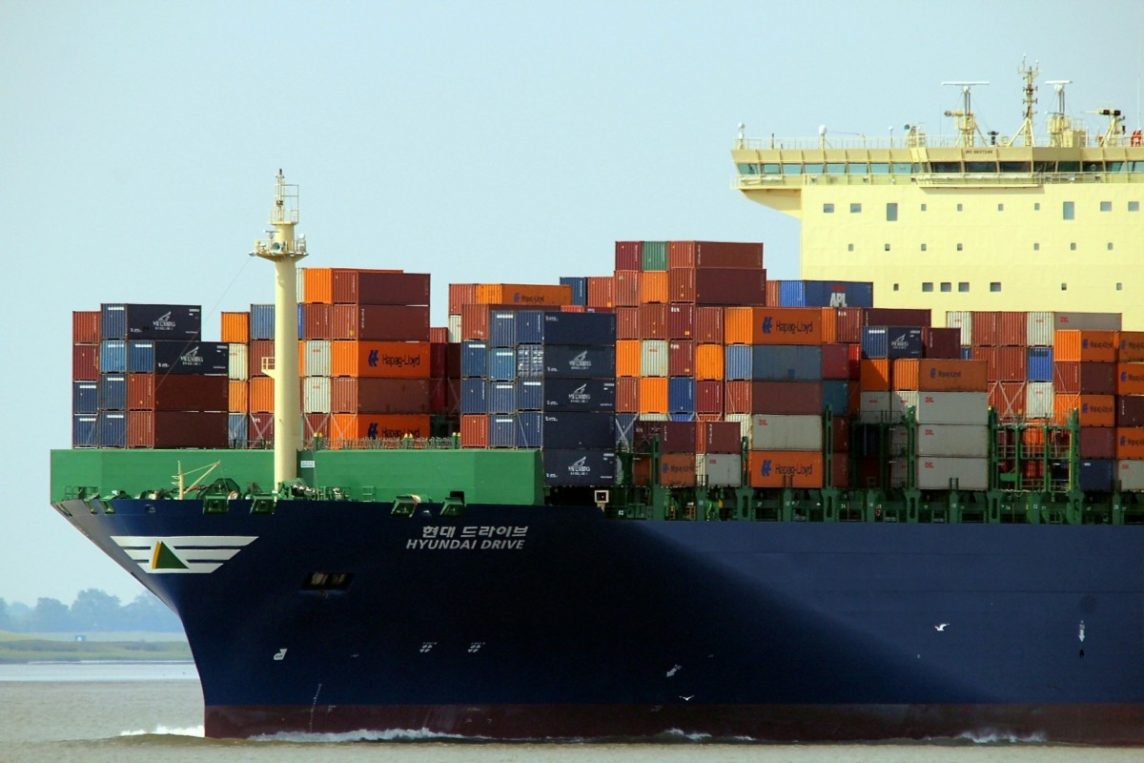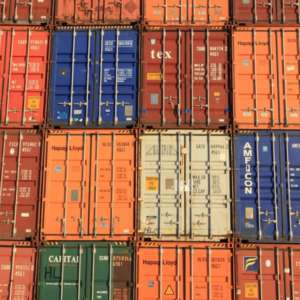Shipping is cleaning up its act, but not everyone appears to be ready.
Oceangoing vessels have burned heavy oil, the world’s dirtiest propulsion fuel, since switching over from coal. Starting on January 1, 2020, the industry will take a big step in the right direction– but for some, that step may be more of a stumble.
In just a few short months, IMO’s new low-sulfur regulations will come into effect. These regulations will require vessels to slash sulfur emissions that come from the burning of heavy oil. The new rule will lower the allowed amount of sulfur in marine fuel to just 0.5 percent, down from the current cap of 3.5 percent. While this may seem like an incredibly speedy adjustment, the reasons are solid: IMO says the fuel switch will prevent more than 570,000 premature deaths just between 2020 and 2025, and also cut down on acid rain and reduce harm to crops and forests.
But is the typically slow-moving industry ready for the shift?
The Ways to Adjust
There are three main ways that the industry will adjust to the new standard. Some will install scrubbers, exhaust gas cleaning systems designed to remove sulfur oxides from engine and boiler exhaust gases, allowing them to continue using heavy oil. However, as of March, only 2000 ships have been scheduled to get scrubbers in time for the new regulations, accounting for just 2%of the fleet. Some will switch to LNG; however, this option is the most expensive and technologically problematic. But the vast majority of ships– more than 90%– will have to begin using the new low-sulfur fuel oil.
One of the concerns about switching to the new low-sulfur blends is that they may gum up ship engines. IMO says they are “currently discussing how to identify any potential safety issues related to new blends of fuel oil, as it is recognized that if these fuels are not managed appropriately, there could be compatibility and stability issues.”
Fuel Shortage Concerns and Shifting Prices
Two concerns loom large for the industry as January 1 approaches.
The first is the question of whether there will be enough low-sulfur fuel to go around on January 1st. Refiners haven’t been clear about their ability to make the switch, while an analysis by Navigistics Consulting foresees a shortfall of 1 million barrels a day in the first half of 2020.
“Worst-case scenario is that the fuel supply is not there [on January 1,” said Stephen Jew, associate director with IHS Markit. “Then IMO will have no other option than to push the starting date by three to six months. I hope that won’t happen.”
Even the White House has raised concerns over the impact the rule will have on oil prices. A spokesman for the US Coast Guard said that Washington supports adding an “experience-building phase” when the standards are imposed on marine fuel. Such a phase would “inform the implementation of the 2020 sulfur cap,” but did not elaborate on what exactly that would involve.
IMO, meanwhile, isn’t budging. Their guidelines, released in April, include a template for a Fuel Oil Non-Availability Report (FONAR), but the guidelines also state that “a fuel oil non-availability report is not an exemption. In the case of insufficiently supported and/or repeated claims of non-availability, they may require additional documentation and substantiation of fuel oil non-availability claims. They also state it is too late to delay the 0.5% limit.
However, ExxonMobil, BP, Shell, and Chevron have all assured us that low-sulfur fuel will be available in container shipping ports around the world, and in sufficient supply. An analyst from IHS Markit predicts a “scramble period” of a few years, as a new equilibrium of supply and demand is determined by refiners and shipowners. This could result in the price of low-sulfur fuel hovering around $680 per ton in 2020 up more than 30% compared to the current price.
Missed Sailing and Dry-Docked Vessels
The second concern is over missed sailing, as vessels will need to be taken out of service in order to prepare them for the transition. Since most vessels will not be equipped with scrubbers, those vessels will need to be dry-docked so that the heavy fuel can be flushed out to prevent mechanical breakdowns. This means most vessels will miss at least one scheduled weekly departure. Less capacity results in higher costs.
Vessels may also be taken out of service so that they can be retrofitted with scrubbers. This process can take a vessel out of service for 30-40 days. The worry is that this dry-docking will be another factor in reducing vessel capacity. Simultaneously, retailers and manufacturers may try to front-load in order to receive imports before the low-sulfur fuel surcharges kick in.
All that said, there’s no cause to think apocalyptic. The most immediate consequence will, in all likelihood, be the institution of the bunker adjustment factors (BAFs). These will only kick in once the use of the low-sulfur fuel establishes the new demand and price. Six global container lines — Maersk Line, Mediterranean Shipping Co., CMA CGM/APL, Hapag-Lloyd, Orient Overseas Container Line (OOCL), and Ocean Network Express (ONE) have all outlined revised BAFs that will replace old formulas by January 1. Some will be using a “floating” BAF that changes every few months. As the industry scrambles to meet a deadline everyone saw coming, we can expect some price volatility and pressure on schedule. But as IMO stays firm on its deadline, the industry will adjust, even if it has to plow through the initial uncertainty.
Red Arrow Logistics has the scale and scope to meet the budget and schedule requirements of the largest and smallest companies alike. If we can be of assistance, please email me at liz.lasater@redarrowlogistics.com or give us a call 425-747-7914



